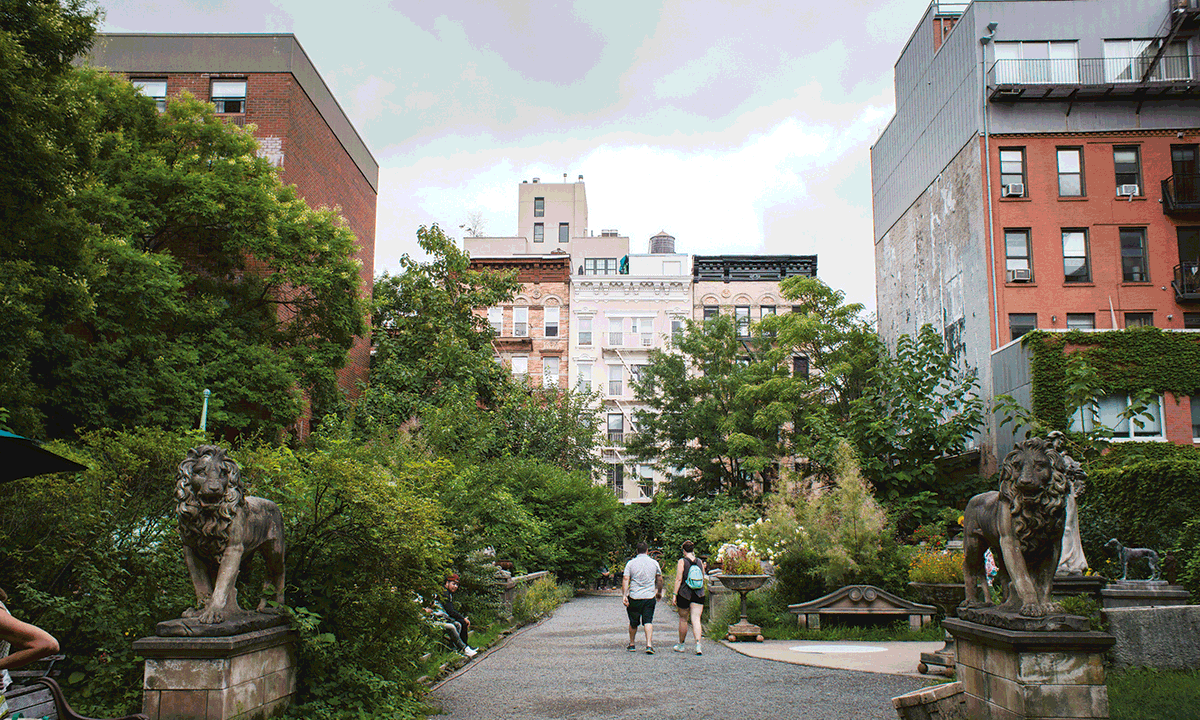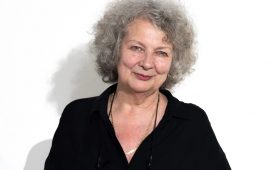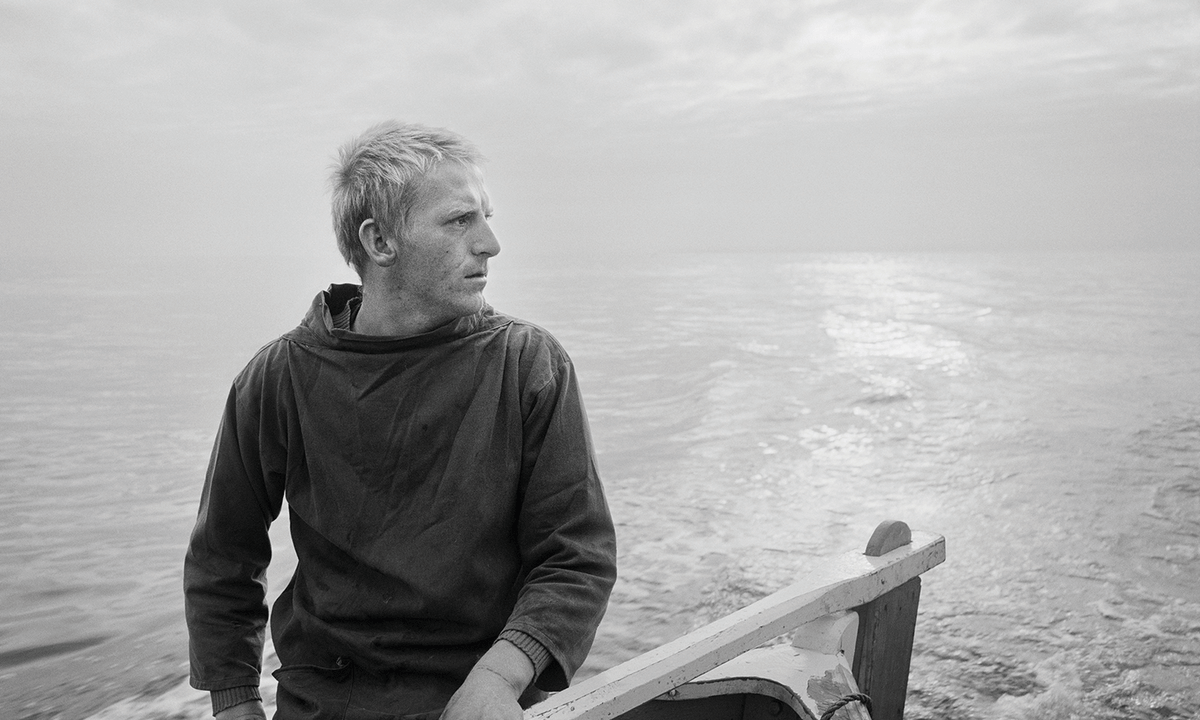Archaeologists in Peru have discovered the first known painted throne room of a powerful Moche woman. Dated to the 7th century, the throne room is one of two pillared halls excavated this year at the site of Pañamarca, once an important political and religious centre 350km north of Lima. It was built by the Moche, a people who lived along the northern Peruvian coast from around 350 to 850.
“We call the painted throne room the ‘Hall of the Moche Imaginary’ because of the extraordinary abundance of subject matter arrayed on every painted surface—walls, pillar faces and the earthen throne itself, which was built between two pillars,” says Lisa Trever, associate professor in pre-Columbian art history and archaeology at Columbia University, and a member of the team studying the site.
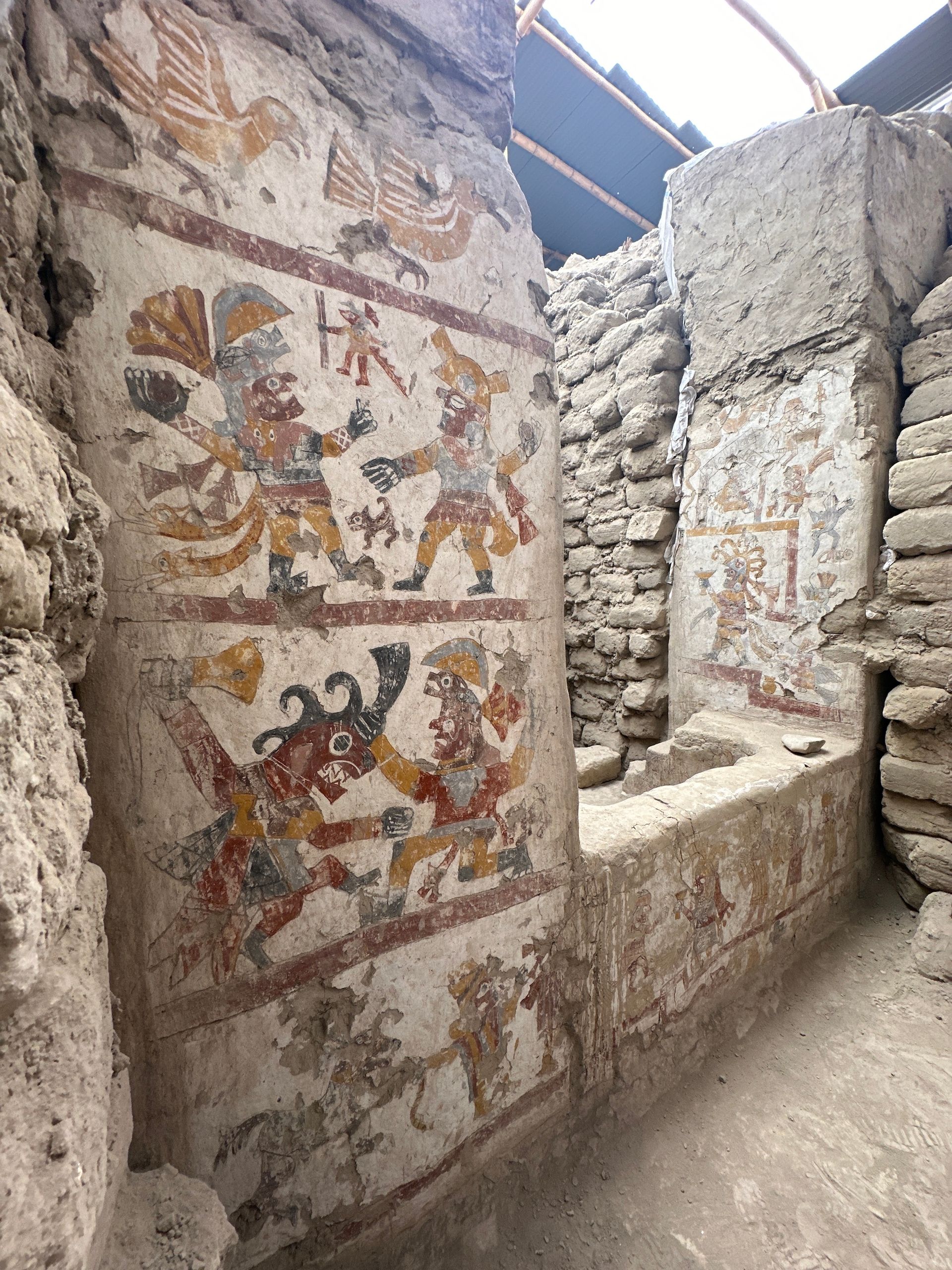
Painted architecture within the Hall of the Moche Imaginary revealed in 2024 Photograph by Lisa Trever
When examining the throne, the archaeologists discovered erosion on its back support, greenstone beads, fine threads and human hair—indications that it had been used. The hall’s painted scenes show a Moche hero, perhaps called “Ai Apaec”, fighting monsters that appear part human and part animal, spinning and weaving, and, significantly, a number of images of a powerful woman.
“We see the repeated importance of that woman’s image—including an image right next to the painted throne that shows her seated on an identical painted throne—to suggest that the throne was once occupied by a real woman or perhaps a lineage of women who held power at Pañamarca during the 7th century CE,” Trever says. “The scale of the images and the architectural orientation of the Hall of the Moche Imaginary suggest a private, restricted space.”
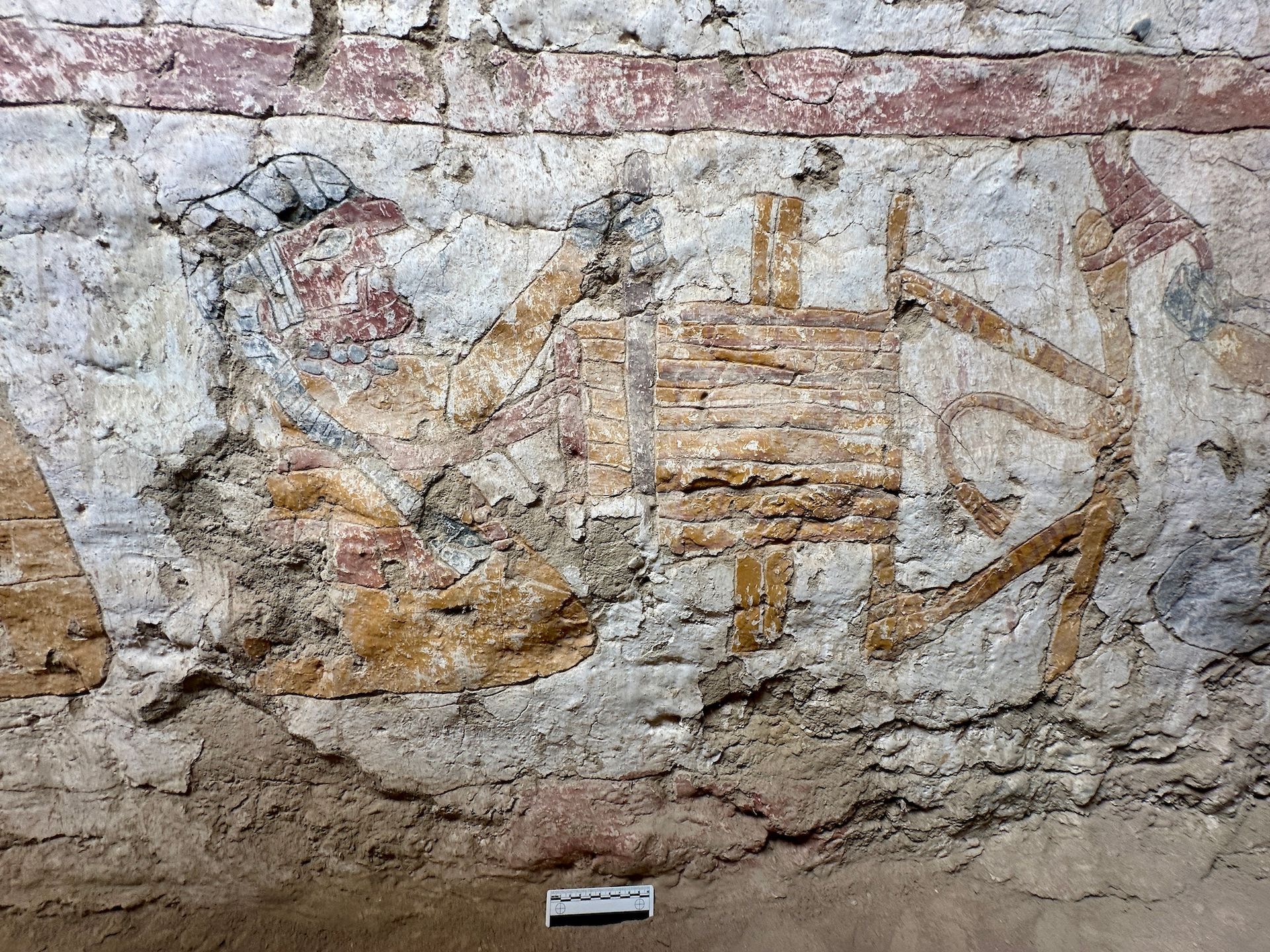
Woman weaving with a backstrap loom in the mural painting of the textile workshop discovered within the Hall of the Image Imaginary in 2024 Photograph by Lisa Trever
One of the painted scenes shows the woman enthroned and speaking with a bird-man. Another represents her standing, holding a goblet. Elsewhere, a procession of men carries her crown and textiles.
“Female leaders were not rare in ancient Moche society or in the northern Peruvian dynasties that followed,” Trever says. “There is evidence in abundance of female authorities, most of it from funerary contexts, for centuries of this history.”
Several factors explain why this has not been well recognised, Trever adds. Among them, Spanish colonial histories from the 16th and 17th centuries emphasise only male lineage, and patriarchal ideas continue to inform a lot of archaeology, and not only in Peru.
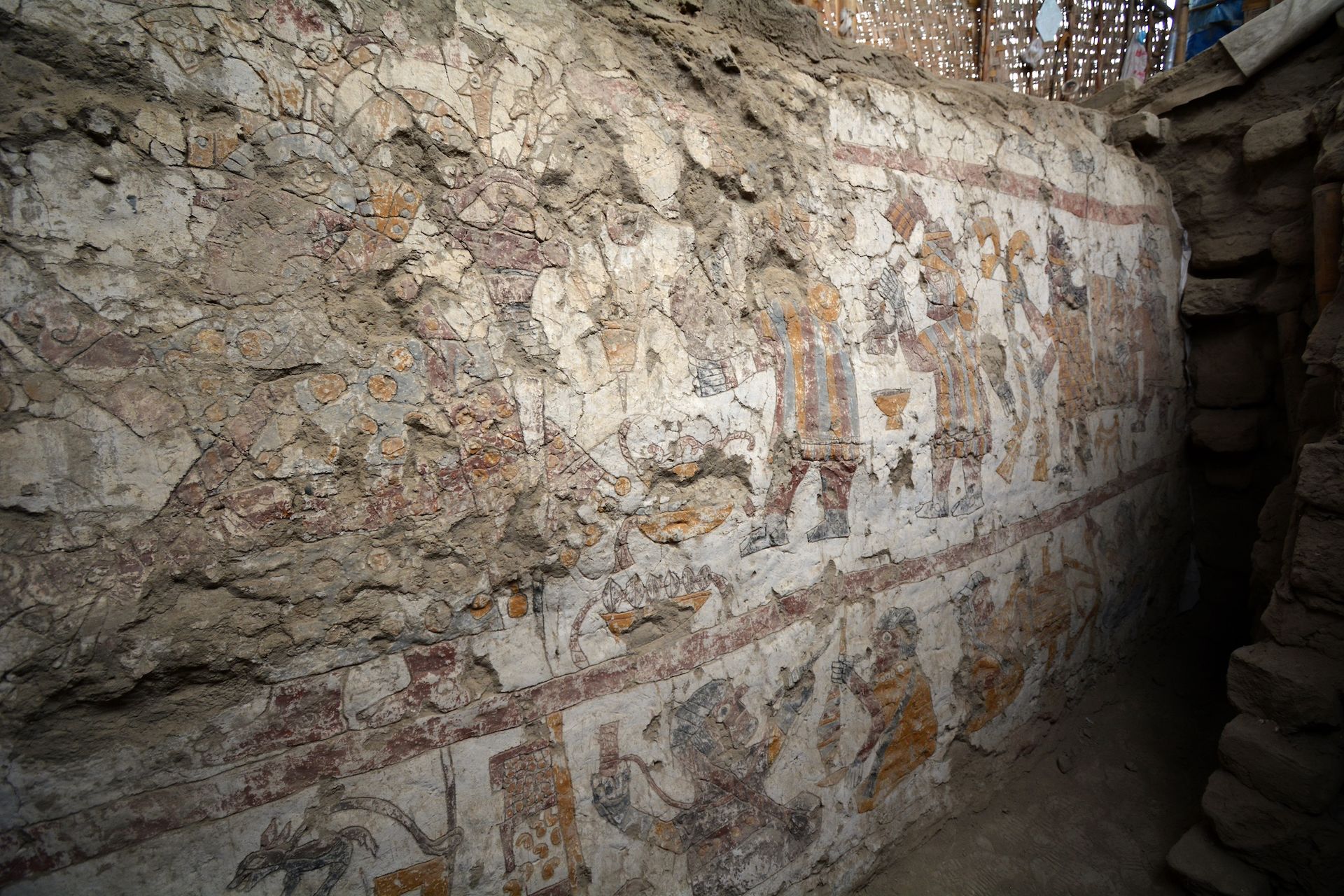
View of the crowned woman with scepter (upper left), procession of men behind her carrying objects (upper right) and textile workshop (below) painted on a wall revealed within the Hall of the Moche Imaginary in 2024 Photograph by Lisa Trever
“We notice that high status burials of Moche men have more often than not been described as ‘lords’ but women as ‘priestesses’,” Trever says. “The findings at Pañamarca help to drive the last nail into the coffin—so to speak—of the point that powerful women in ancient Moche art and life were not only ‘priestesses’ but that they held real social and political authority.”
The second excavated hall, known as the “Hall of the Braided Serpents”, is located on the corner of Pañamarca’s great plaza. From there, privileged people could gaze down at the spectacles happening in another plaza below.
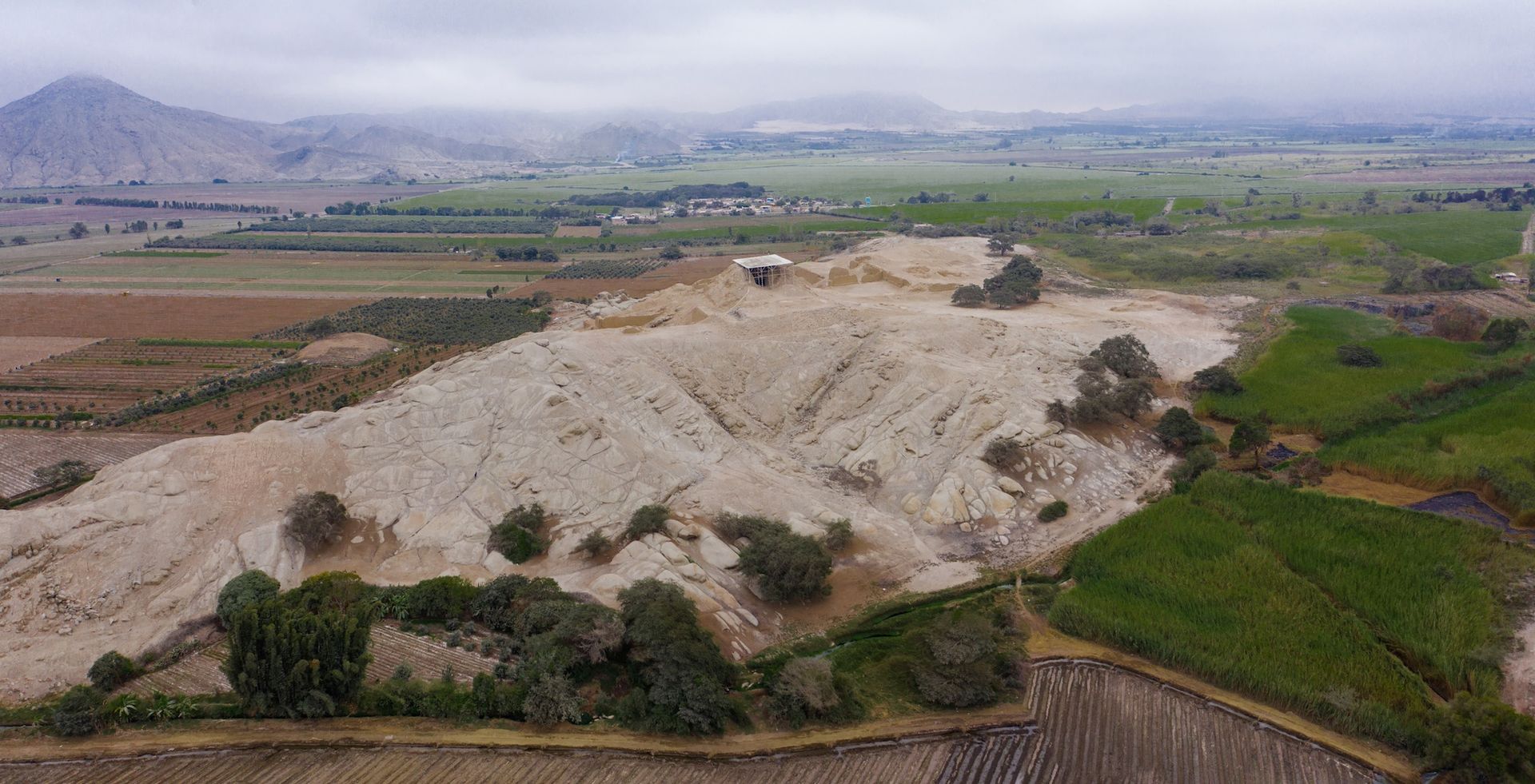
Panorama of the Pañamarca site Aerial drone photography by José Antonio Ochatoma Cabrera
“Unlike the throne room, this hall was meant to be a place from which to see larger gatherings, and also to be seen,” Trever says. “The scale of the images on the pillars—including the intertwined snakes that gave this hall its name—and other paintings of monsters and warriors on the walls of that space would have been legible from a greater distance.”
Both halls excavated this year are so far unique in Moche archaeology, and much remains to be discovered at the site.
“Neither of these spaces has a close comparative at other Moche centres, and it’s also important to point out that these are just two small areas at Pañamarca, which we know was full of more painted architecture,” Trever says. “They give us a snapshot—albeit a spectacular snapshot—of life and artmaking at Pañamarca during the 7th and 8th centuries in Peru—a time of extraordinary achievements in art and architecture.”




